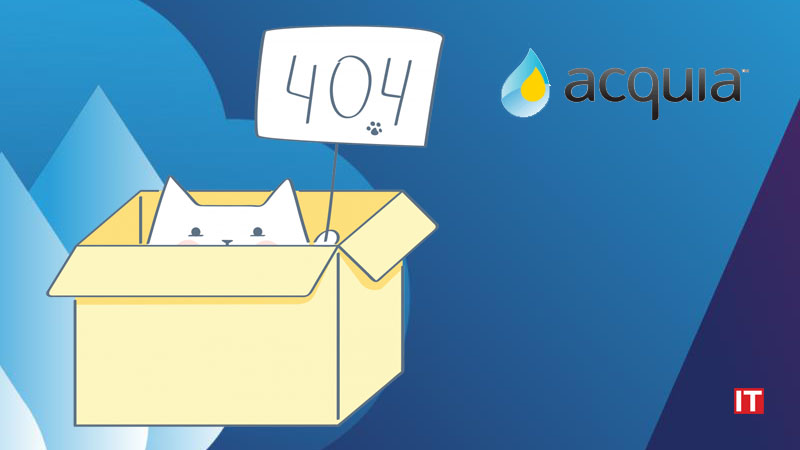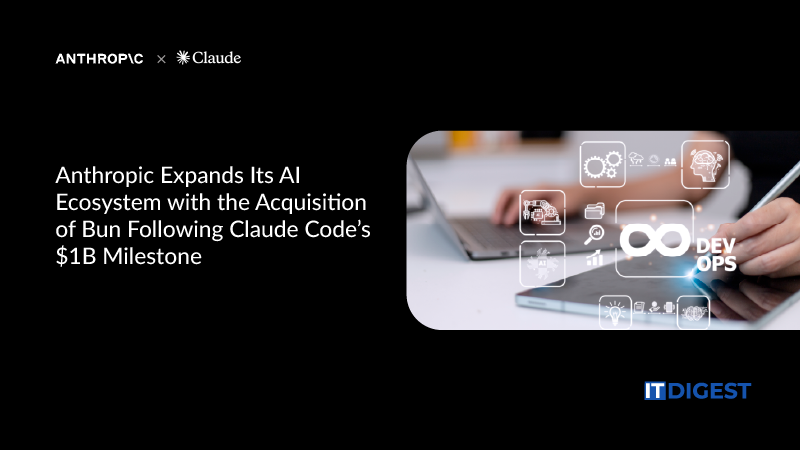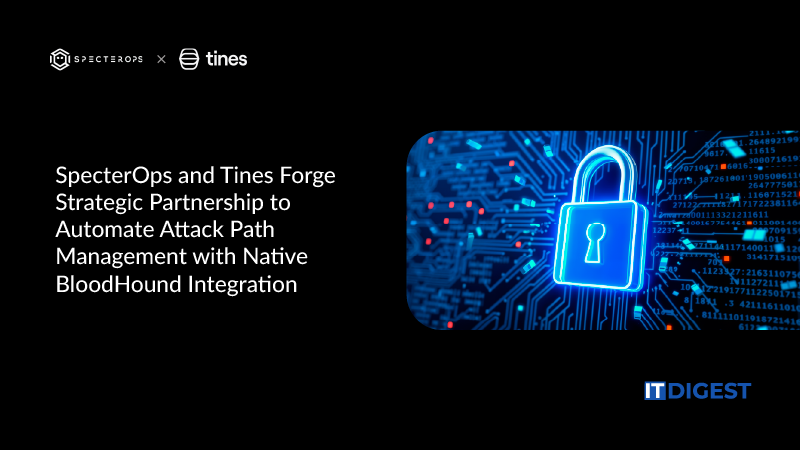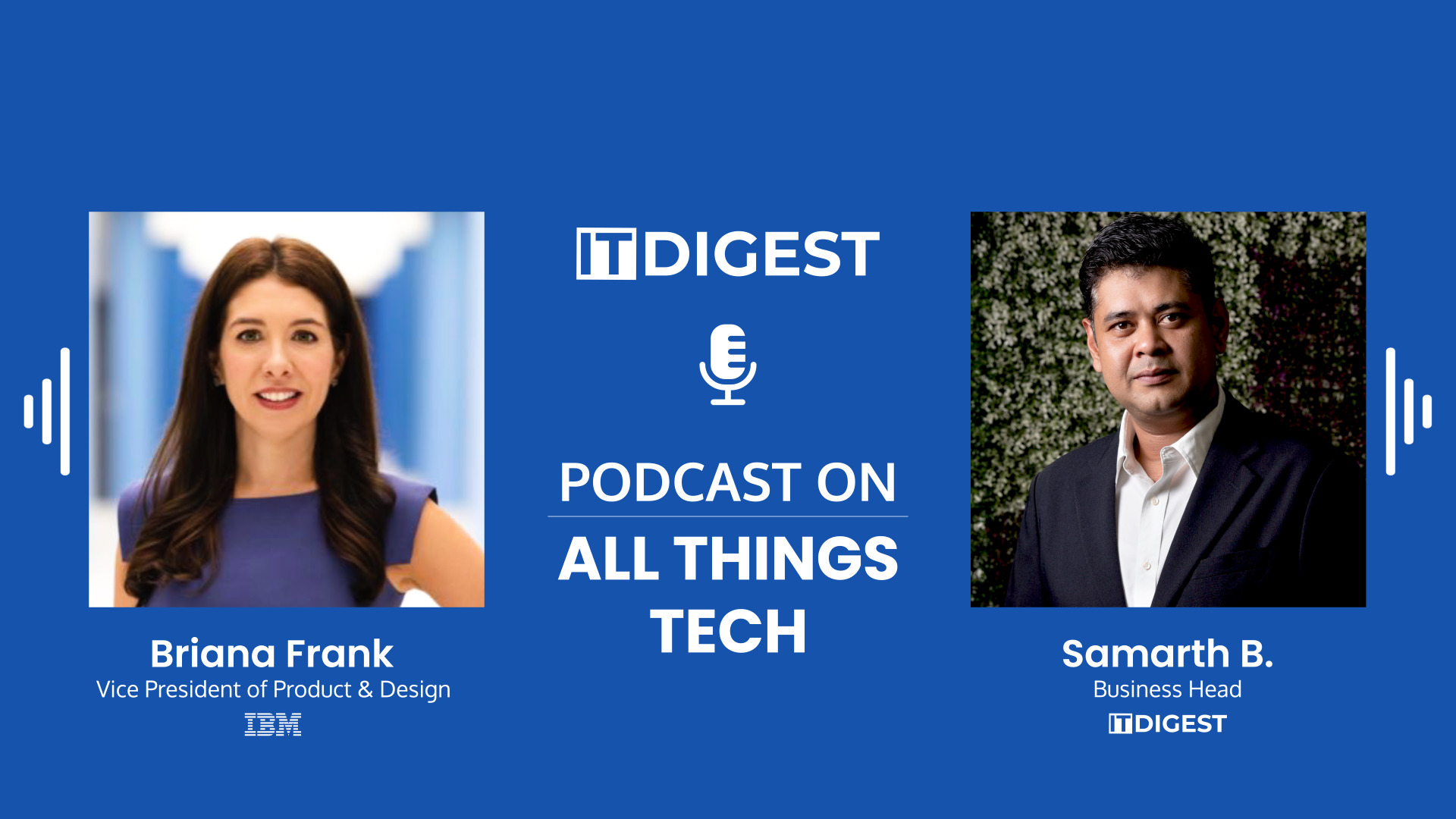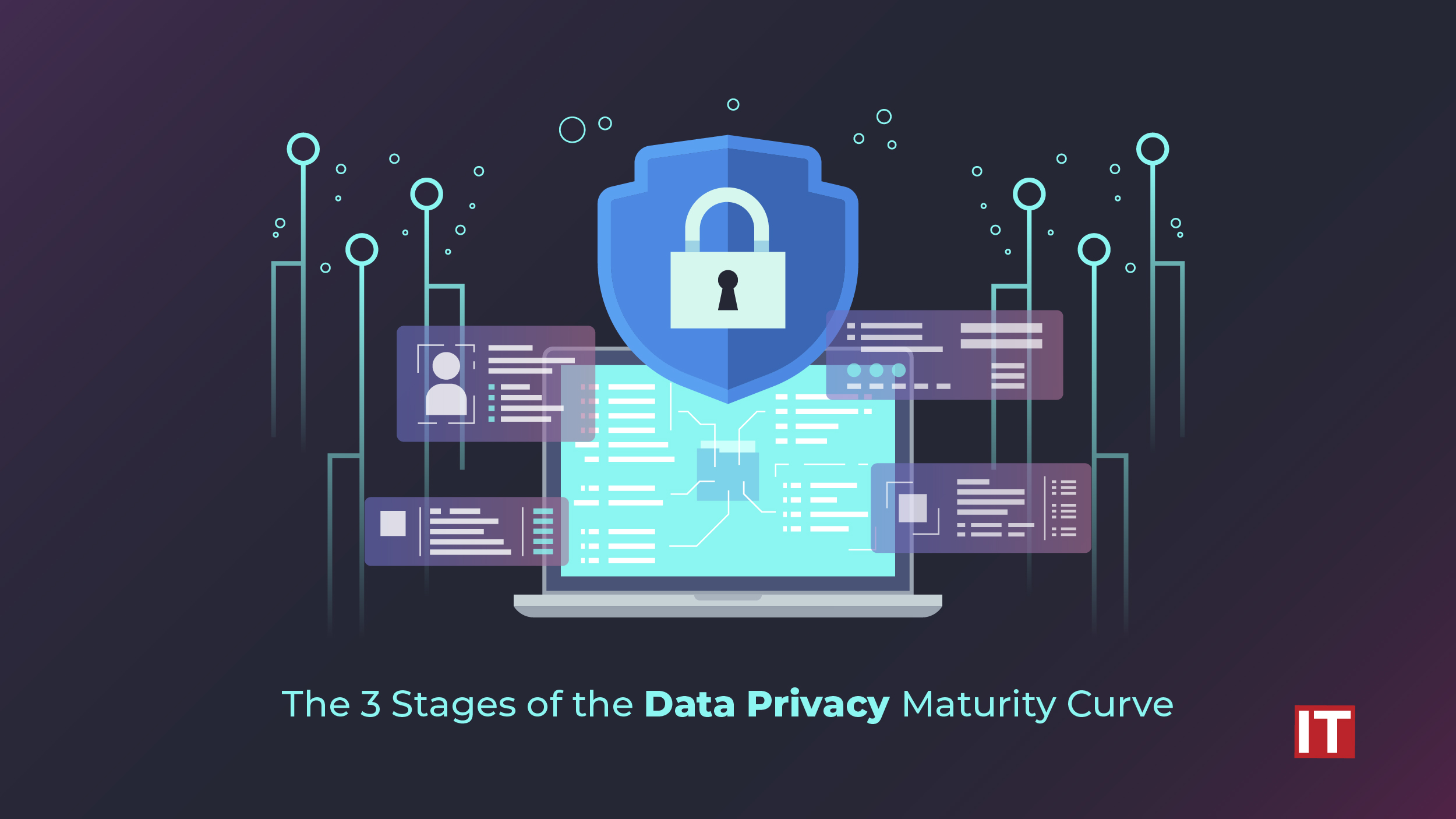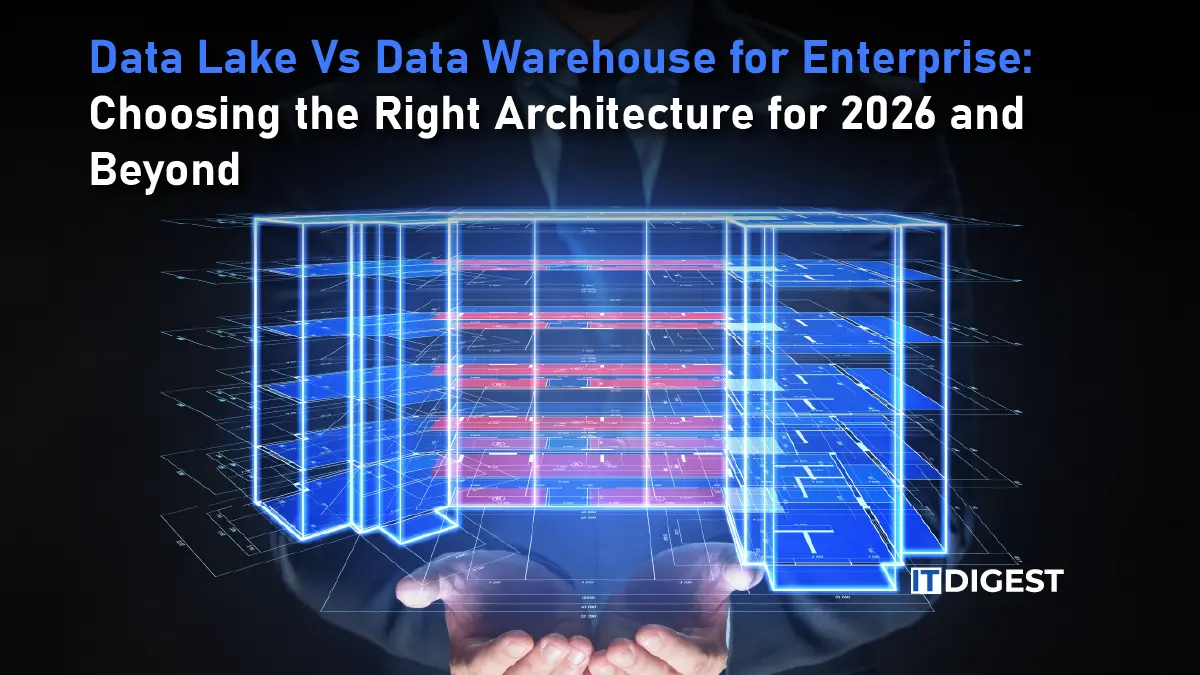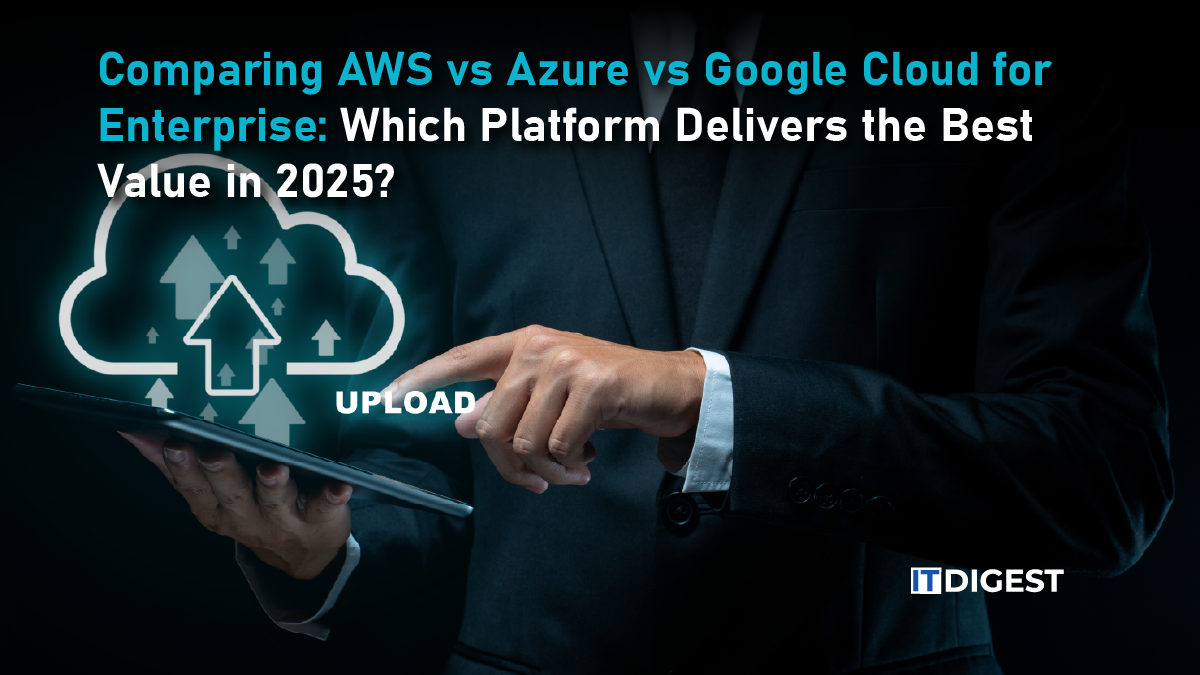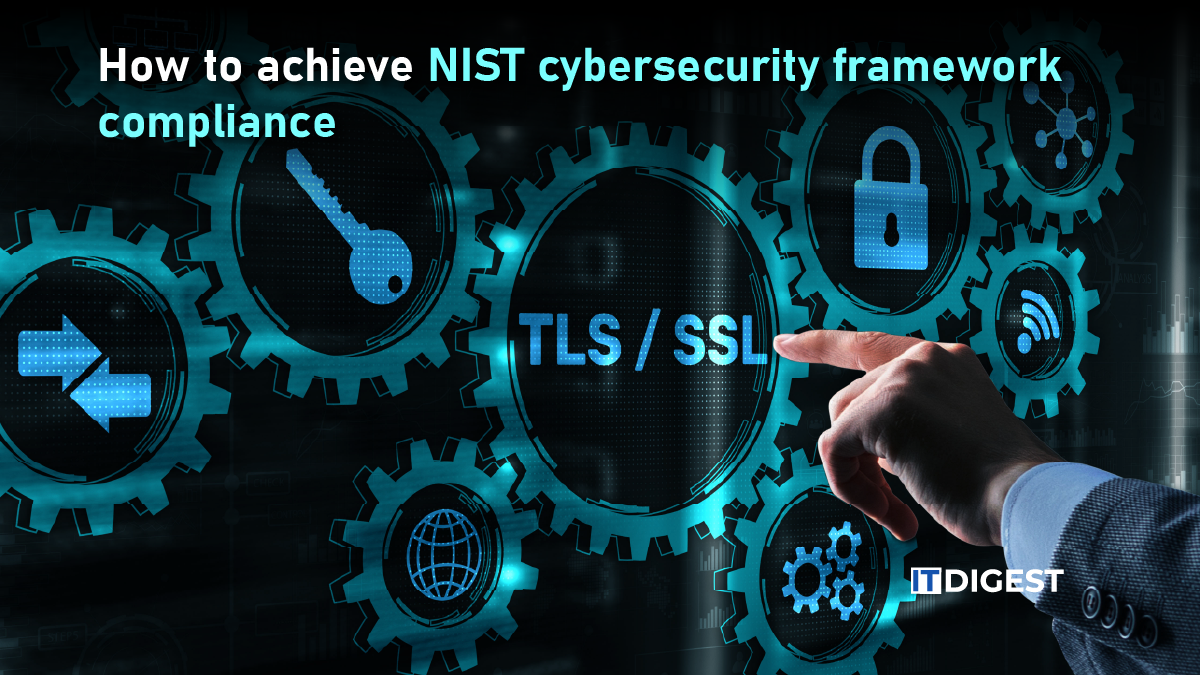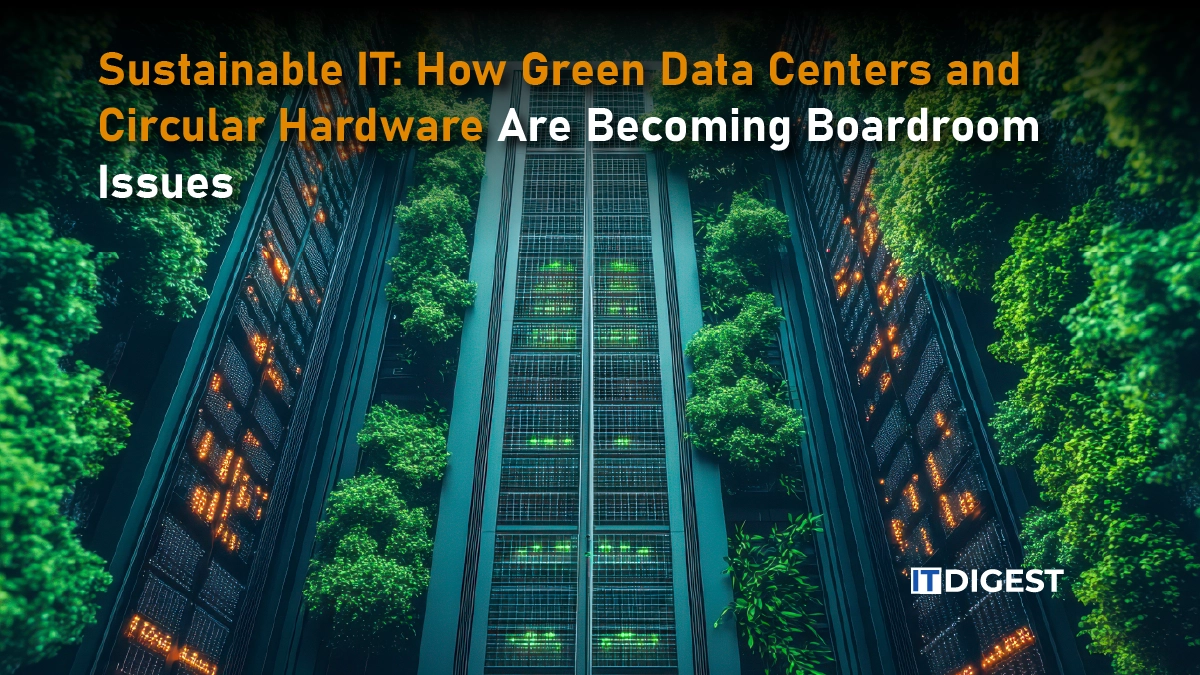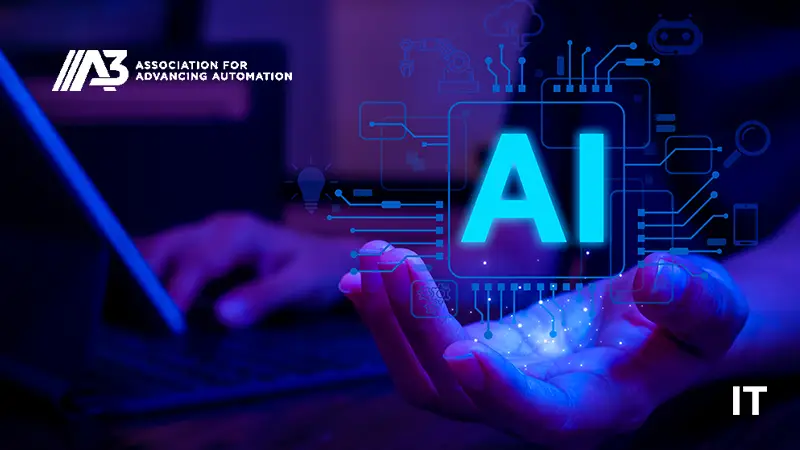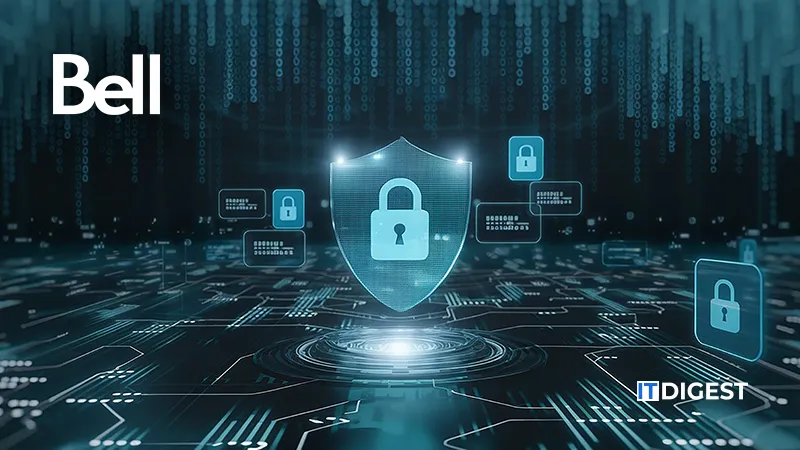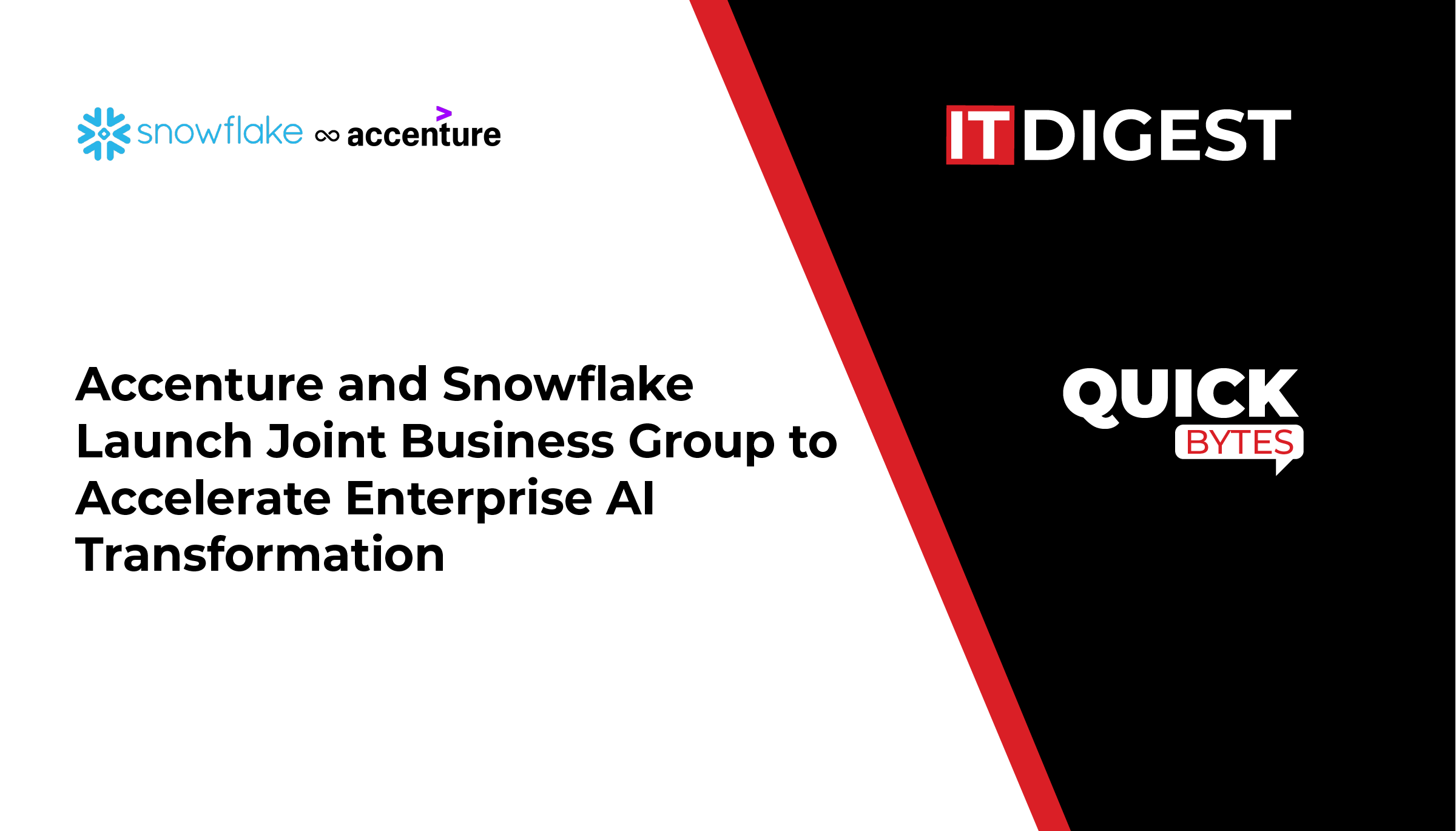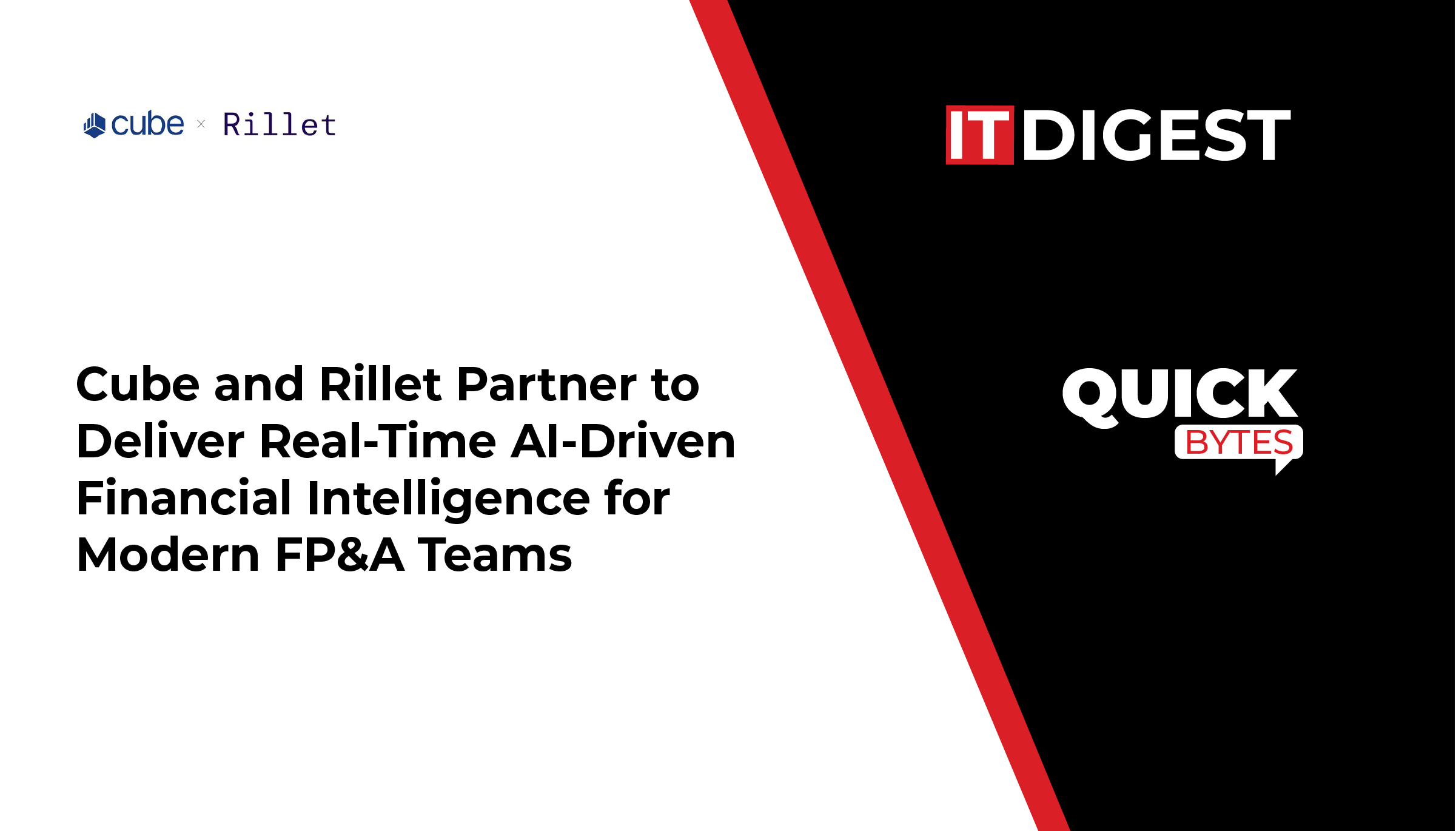What happens when the world’s digital engine starts overheating the planet that powers it? The scenario is that every picture uploaded, each movie viewed, and all AI models trained, go through data centers that consume vast resources in terms of electricity and water. With the global warming being a major factor, it has become increasingly difficult and costly to maintain the cooling systems for those machines. The World Economic Forum estimates that extreme heat and drought could push global data center costs up by about 81 billion dollars a year by 2035, and as high as 168 billion by 2065. That’s not a distant threat, it’s a financial storm building right now.
This is where Sustainable IT comes in. It’s the approach of making technology cleaner from how data centers run to how hardware is built, used, and reused. Green Data Centers, which rely on renewable energy and more efficient cooling, are the ones driving the change.
The use of sustainable energy in IT is not just a tick item in the corporate list anymore. It’s a business necessity shaped by regulation, investor scrutiny, and rising operational risks.
The Digital Footprint and Why IT Needs to Be Green
Let’s be honest, the digital world isn’t as clean as it looks on screen. Behind every click and cloud upload sits a growing army of servers burning through electricity and water. Data centers, the backbone of our digital lives, now account for a serious share of global energy use. As demand for AI and streaming spikes, that number keeps climbing. The issue isn’t just power. It’s also the water used for cooling and the materials ripped from the earth to build all that hardware.
Now here’s where the real wake-up call hits. Every laptop, router, or rack server has a life cycle that starts in a mine and often ends in a landfill. That ‘out of sight, out of mind’ hardware waste piles up fast, poisoning soil and wasting valuable metals that could be reused. The more digital our world gets, the bigger that pile becomes.
The good news is the industry isn’t blind to this. Microsoft’s own life-cycle assessment found that switching from traditional air-cooling to cold-plate or immersion systems can cut greenhouse gases by up to 21%, slash energy uses by nearly 20%, and save half the water. That’s not theory, it’s happening.
So when people talk about Sustainable IT or Green Data Centers, it’s not some eco-slogan. It’s a hard pivot the tech industry needs to make if it wants to keep growing without cooking the planet it depends on.
Green Data Centers Are the Core of Sustainable IT
Let’s face it, data centers are the beating heart of our digital economy, yet they’re also power-hungry and heat-intensive. Every search, stream, and AI query depends on servers that run non-stop. Energy efficiency isn’t a luxury anymore. It’s a survival strategy for the entire industry.
The smartest players are fixing this from every angle. Cooling is the biggest battlefield. Traditional air systems are being replaced with liquid and immersion setups that pull heat directly from processors instead of pushing air across massive halls. These methods don’t just save energy. They keep performance stable while using far less water. Add renewable power purchase agreements, and operators are now sourcing solar and wind instead of sticking with fossil-fueled grids. It’s cleaner, cheaper over time, and a clear win for investors who watch carbon goals closely.
Another factor that is a huge amplifier is optimization. The modern IT infrastructure consumes around the same amount of power as before but only with fewer machines, thanks to the power of virtualization and server consolidation. A few firms have even embraced AI-assisted load balancing that not only shifts the workloads but also turns off the servers that are no longer needed whenever the demand decreases. Having reported a global Power Usage Effectiveness of 1.15 for 2024, AWS is already ahead of the industry with an average of 1.25. This tiny difference becomes a great deal of energy saved when the whole world is the market for the solution adopted.
Location and design are also evolving fast. Builders are choosing colder regions like Scandinavia and northern U.S. states to cut cooling needs naturally. Modular designs make centers compact, flexible, and quicker to deploy. Water reuse systems close the loop by recycling cooling water instead of wasting it.
And the cloud? It’s often greener than people assume. The hyperscale service providers like AWS, Google, and Microsoft are working with such high efficiency levels that those of the most advanced on premise installations cannot even approach. Their massive size grants them the capability to optimize every aspect from power sourcing to waste heat recovery.
Green Data Centers are not just a part of Sustainable IT. They are the real test of whether the digital world can grow smarter without burning out the planet that fuels it.
Also Read: Understanding the Information Technology Infrastructure Library (ITIL): A Comprehensive Guide
Beyond the Data Centre and the Circular Economy for Hardware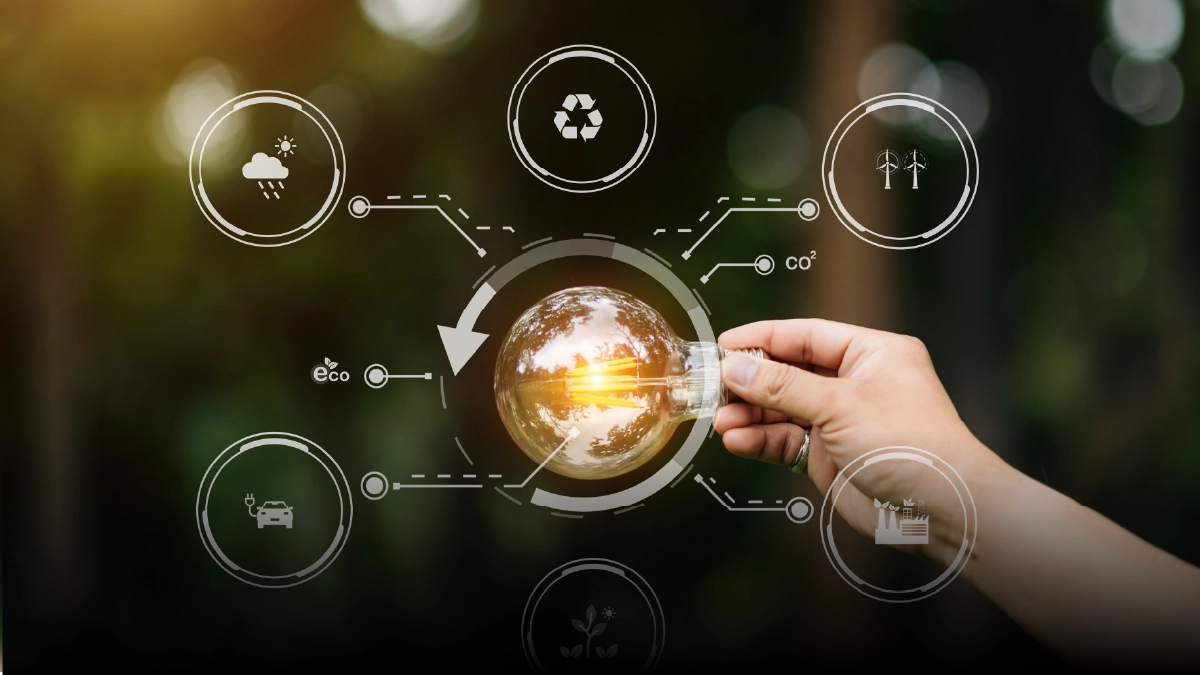
Sustainability doesn’t stop at how we power our data centers. It stretches all the way to the hardware sitting on desks and server racks. For years, tech worked on a straight path. Take the raw materials, make the product, use it, dump it. That rhythm kept the industry moving fast, but it also left behind a trail of waste. Now, that same model is starting to crack under its own weight.
Circular IT is a new way to think about the same old problem. The idea is simple. As far as companies’ machines are concerned, they live for the longest possible time instead of being thrown away. They are fixing, reusing, and even reprocessing the outdated machines in order to prolong their life spread with a few more uses before the machines will be totally replaced. One laptop or chip that is reused means that one cycle of mining or production has been avoided. This is the reason why energy is saved, pollution is reduced, and resources are not wasted but used repeatedly.
Disposal also needs a rethink. Old servers and hard drives can’t just be tossed away. Certified recyclers now break them down properly, recover what’s useful, and make sure all the stored data is wiped clean. That’s how you stop e-waste from piling up and leaking into landfills.
Apple has already shown what this looks like in action. In 2024, about 24 percent of all materials in its products came from recycled sources. That included more than half of its rare earth elements and all of its tungsten. It’s proof that large-scale sustainability is actually possible if companies commit to it.
And then there’s the business model change. Product-as-a-Service is catching on fast. Instead of buying devices, companies rent or subscribe to them. The maker stays responsible for repairs, upgrades, and recycling. That keeps products in better shape and forces accountability at every stage.
This shift to a circular economy is not some side project. It’s becoming the main way forward if the tech world wants to grow without burning through the planet’s limits.
The Boardroom Imperative and Why ESG Reporting Matters Now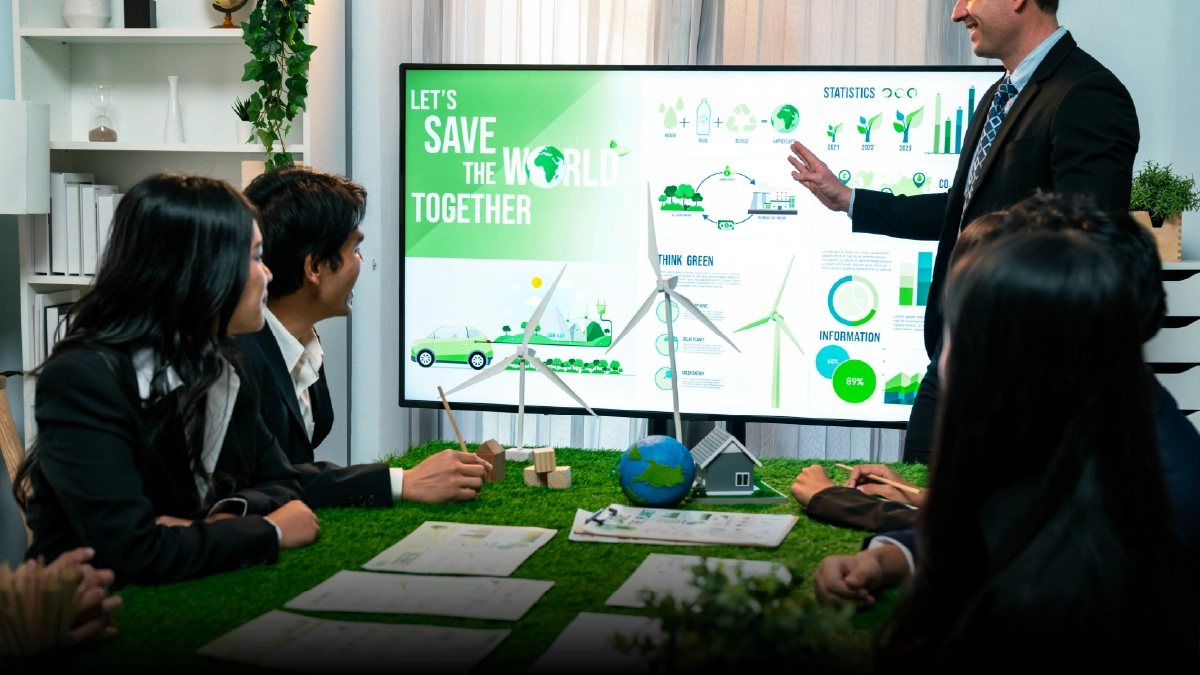
Sustainability has moved from nice-to-have to must-have, and it’s now shaping decisions at the very top. Regulations are forcing companies to show how serious they really are. The EU’s Corporate Sustainability Reporting Directive is already pushing large firms to disclose detailed data about their environmental impact. Other countries are bringing in similar rules. So there’s no space left for fluffy statements. Leaders need real numbers and real progress.
Investors have caught on too. ESG scores now decide who gets the money and who doesn’t. If a company performs poorly on sustainability, it’s seen as risky. That can raise borrowing costs or even shut doors to major funds. But a good ESG record can do the opposite. It attracts stable investors, better financing terms, and long-term trust. That’s why even the most traditional boardrooms are tracking emissions, energy use, and supply chain ethics with the same focus they give to profits.
Reputation also rides on this. Customers are watching. Employees are choosing workplaces that care about more than growth charts. The next generation of talent wants purpose baked into the business model.
And one number keeps showing up in every discussion about data centers: Power Usage Effectiveness, or PUE. It shows how efficiently energy is used inside a facility. The lower it is, the greener the operation.
Put simply, ESG isn’t an add-on anymore. It’s part of what defines whether a business survives or fades out.
End Note
The future of technology now depends on how responsibly it grows. Two areas are leading this shift: green data centers and circular hardware. By keeping sustainability and progress as their main goal, companies can achieve both and the results from both studies are a proof of that. Data centers are becoming more environmentally friendly with the adoption of renewable energy sources and the use of cooling systems that are both power and water efficient. The technology used for hardware is also changing as manufacturers take the route of repairing, reusing, and recycling instead of discarding the old and buying new ones. This very change is already halving the waste generated and doubling the usage time of devices.
The next wave is forming quietly. Software developers are focusing on efficiency. AI tools are being trained to manage workloads better and reduce power use. Each small fix, when repeated at scale, makes a visible difference. The goal of net-zero is no longer talk. It’s showing up in how tech is built, deployed, and maintained every day.
Sustainability is not a one-time effort but it’s a habit. The companies that keep at it, even when it’s not easy, will lead the next phase of growth. They’ll earn trust, attract talent, and prove that innovation can move forward without leaving damage behind. The shift has already started, one steady step at a time.


